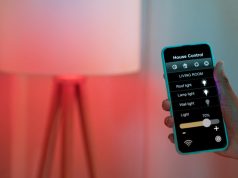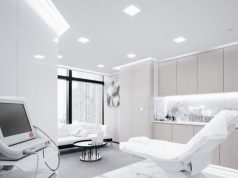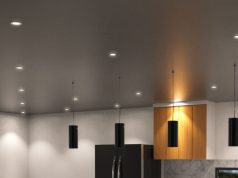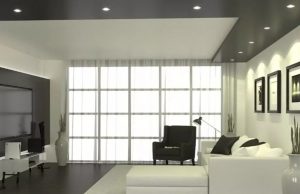LED lights are known for having many incredible benefits compared to their predecessors (halogen, incandescent, and fluorescents). But did you know that aside from making your home bright, cosy, and secure, LED lights also have a positive effect on your health! Amazing right? Who would have thought that the LED lights you pass by every day are doing something good for your body! So, if you’re someone who is wondering if LED lights are safe, here is proof of the incredible health benefits you can get from LED lights.
Four Key Health Benefits of LED Lighting:
LED lights reduce headaches

The intensity and symptoms of having headaches and migraines may vary from one person to another, but one of the common denominators you’ll notice is light sensitivity. If you suffer from migraines and headaches caused by the flickering light of fluorescent lamps or because of the lack of task lighting, you should definitely consider switching them out and changing to LED lighting that won’t cause these problems. It would be best not to wait until you reach the point where you’ll experience some devastating side effects.
With the proper lighting plan and LED technology, you can design the ideal environment to lessen the frequency or ease the severity of your headaches and migraines. If you pair your LEDs with lighting controls like dimmers, you’ll even be able to adjust the level of your lights to fit your needs and address your light sensitivity. This will benefit everyone in your home, especially those who get a lot of headaches.
LED lights reduce anxiety and stress
People are designed to thrive in sunlight. When it’s taken out of the equation, mood and behaviour changes happen often. When your lights do not replicate the natural environment that humans flourish in, you can experience stress, anxiety, or even Seasonal Affective Disorder (a mood disorder that happens in climates that experience less sunlight). If you have Seasonal Affective Disorder, you will be required to undergo therapy to help regulate your melatonin production and help relieve symptoms.
Although work, schools, and other activities may prevent you from spending time outside, LED lights can help. With their ability to copy the circadian impact and mood effect of natural light, LED lights are seen as one reason why there is a decrease in stress and anxiety for people who spend a lot of time indoors.
LED Lights helps regulate circadian rhythm

When you eliminate your exposure to sunlight, it sends cues to your brain that can disrupt your body’s circadian rhythm. Lights that produce a particular blue wavelength suppress your body’s melatonin production (a hormone that helps you relax and sleep). Because of this, you become more alert and productive but can also lead to difficulty in sleeping and relaxing.
This type of suppression is expected when you’re exposed to sunlight since they emit more blue wavelength light during the peak of the day. This explains why you’re more alert and active during this time.
With the recent developments in LED technology, they can replicate this feature of the sun, helping regulate your circadian rhythm. If you tend to stay indoors, exposure to a highly tuned LED light for a limited amount of time can be your substitute for your recommended daily sunlight exposure.
In terms of warm white lights, they do not produce any blue wavelengths, so your melatonin production is not suppressed. Changing from natural white light to warm white light before going to bed can help promote better sleep.
You can get a lighting designer to help you configure the right LED colours in your home to help align your circadian rhythm. You can use a brighter, cool white LED light that generates more blue wavelengths during the day, and for the evening, you can transition to a warmer light.
LED lights increase learning and productivity
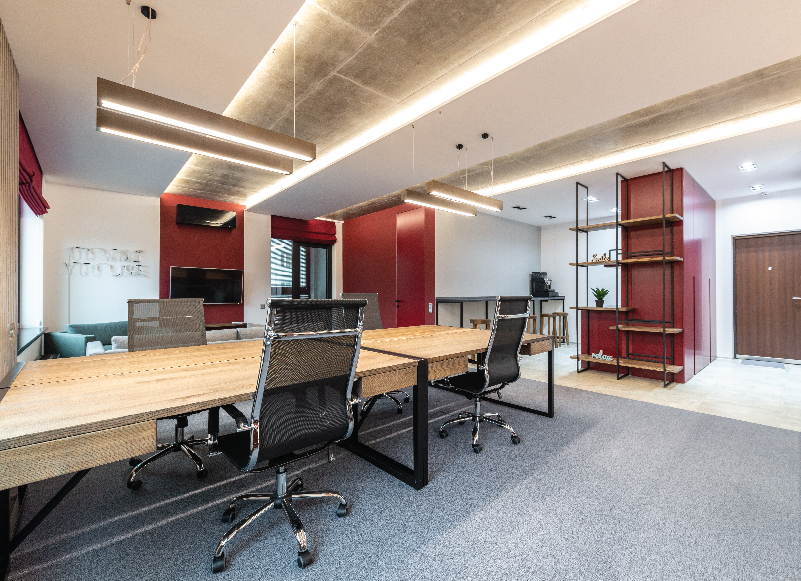
In a workplace or classroom, the distracting flickering of lights and the excessive brightness of overhead fluorescent lamps can hinder productivity and learning. It’s a must to prioritize the lighting structure of offices and schools and includes the correct light source, levels, and colours to support the wellness of employees and students.
Additionally, LED lights radiate less heat, regulate the temperature of a room, and can lessen the number of overhead lighting fixtures required. When you use LED lights in a learning environment, it is said that a student’s learning performance increases! As for the workplace, it is said that an office that uses LED lights has an increase in employee’s productivity.
Other Health Benefits of LED Lighting
Aside from the four key benefits, you can get from LED lighting, although they are not as well known as the four, there are still other benefits that you should know.
LEDs reduce your body’s exposure to mercury. Fluorescents and incandescent bulbs are known to contain mercury. With LEDs, you don’t have to worry about getting exposed since they don’t contain any.
LEDs decrease exposure to UV radiation. If you’re wondering if LED lights are bad for your eyes, they’re not. They are the perfect lights for your eyes! LEDs do not emit UV rays which is often the cause of eye strains, skin cancer, and premature ageing.
LEDs lessen exposure to anxiety-inducing noise. In horror movies, you’ll often see that they use the buzzing sound of fluorescents to depict an eerie setting. Well, this low buzzing sound drives some people crazy. It’s distracting, and some experience headaches, stress and fatigue because of long exposures to it. With LEDs, you have a peaceful and bright environment that will help you concentrate.
Now that you know all the amazing health benefits of LED lighting, it’s time to switch out your old lights! You can get premium-quality LED lights from Simple Lighting, so be sure to check them out.



